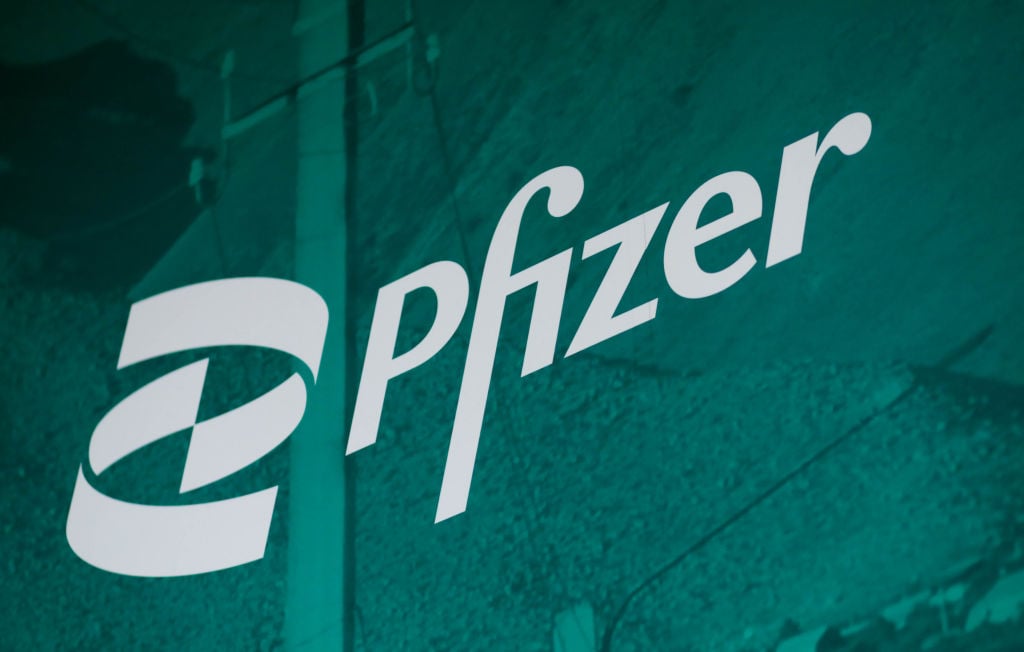
Source: Flickr user Chris Potter
A study by McKinsey & Company found that analysts' peak sales projections for drugs under development typically miss the mark -- by a lot. More than 60% of 1,700 sales forecasts made on 260 drugs launched between 2002 and 2011 were wrong by at least 40%.
Failure to accurately predict how much a drug will pull in for its developer suggests that investors may be better off concentrating on fast-growing drugs that are already on the market rather than relying on the pie-in-the-sky outlook of analysts. If so, investors may want to pay particular attention to these three drugs, each of which is on pace to eclipse $1 billion in annual sales.
No. 1 Imbruvica
First up on our list of future blockbuster drugs is Imbruvia, a treatment that is approved for use in patients with mantle cell lymphoma, or MCL, and chronic lymphocytic leukemia, or CLL. The drug was developed by Pharmacyclics (NASDAQ: PCYC) and Johnson & Johnson (JNJ 0.41%), the latter of which agreed to pay up to $975 million in milestones and $150 million up front in order to partner on the drug in 2011.
Imbruvica won FDA approval for use in MCL in November 2013 and for CLL in February 2014, and sales have grown considerably since its launch to $185 million in the fourth quarter alone.
According to Phamacyclics, demand for Imbruvica isn't expected to slow anytime soon. Pharmacylics expects that the launch of Imbruvica in new markets abroad along with a potential third FDA approval could result in sales eclipsing the $1 billion mark this year. That would be an impressive jump from the $492 million in sales in 2014, but Imbruvica may not stop there. Imbruvica is being studied across 58 clinical trials, including 13 that are in phase 3. If those studies pan out, Pharmacyclics thinks that Imbruvica's addressable market could surge from 55,000 people today to 374,000 people over time.
No. 2 Pomalyst
Celgene Corporation (CELG +0.00%) already has a big winner in Revlimid, one of the best-selling cancer drugs on the planet. Revlimid is the most widely used treatment for recurring multiple myeloma, with sales of $5 billion per year, but it's Celgene's Pomalyst, a third line multiple myeloma drug, that is growing more quickly.
Since winning FDA approval for use in patients that have seen their disease return following two prior treatments, Pomalyst sales have soared higher. Thanks in part to year-over-year sales doubling in both the third and fourth quarters, Pomalyst sales reached $680 million in 2014, up 123% from 2013.
That sales pace should continue this year, as evidenced by Celgene's guidance suggesting that Pomalyst revenue will reach $1.5 billion by 2017.
No. 3 Eliquis
Warfarin was doctors' go-to medicine for preventing blood clots in heart disease and post-operative patients for nearly 50 years. But, warfarin's risk of brain hemorrhage, difficulty in adjusting doses, and required regular monitoring have doctors leaning away from this less-than-ideal drug. A new type of anticoagulant that targets the Factor Xa protein associated with blood clotting is quickly winning market share away.
Although Johnson & Johnson's Xarelto is the best selling of these Factor Xa drugs, with sales of $1.5 billion last year, Bristol-Myers Squibb (BMY 2.40%) and Pfizer's (PFE 0.93%) Eliquis is catching up quickly. In the fourth quarter, sales of Eliquis jumped from $71 million a year ago to $281 million. That rapid increase brought Eliquis' full year sales from $146 million in 2013 to $774 million in 2014.
The growth in sales can be attributed to two main causes. First, study results demonstrated that Eliquis improved survival significantly compared to warfarin -- a claim that can't be made by J&J for Xarelto. Secondly, FDA approval for use in patients following hip or knee replacement surgery was granted last March, and approval for the treatment of deep vein thrombosis and pulmonary embolism was granted last August. The combination of an arguably better product label and recent label expansions could provide enough momentum to lift Eliquis above the $1 billion sales mark this year.
One more thing
Although each of these drugs is enjoying rapid growth that could catapult them to blockbuster status this year, any number of things could cause sales to stall, including new competing therapies. As a result, investors should keep an eye on these drugs for potential threats and risks. For now though, it looks like its clear sailing for these three therapies.








